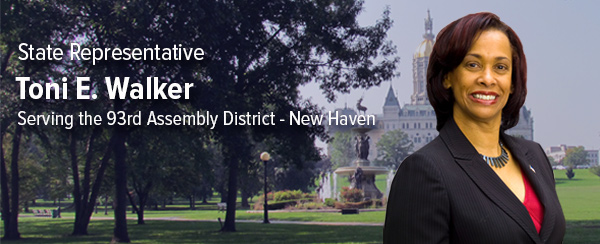
October 17, 2007
IN CONNECTICUT PRISONS, A SYSTEM LONG ON PEOPLE, SHORT ON SPACE
By Alison Leigh Cowan and Christine Stuart, New York Times
SOMERS, Conn., Oct. 16 — Cubicles built for four are crammed with eight inmates, and enclosed areas known as dollhouses where inmates once played cards and wrote letters now hold 14 bunk beds. The corridors are lined with more beds.
Each large room at the Willard-Cybulski Correctional Institution once had 50 beds and now has 118. The dual prison, one part in Enfield and the other in Somers, is part of a system so overcrowded that it tests the state’s resolve to get tough on criminals.
Correction officers who work at this dormitory-style, minimum security prison say the cramped conditions give them little room to maneuver and little hope of keeping small problems from turning into big ones.
“As you can see, they really have no place to go,” Clint White, a longtime correction officer, told a group of lawmakers and reporters who were touring the prison on Tuesday.
The arrest in July of two parolees in the grisly murders of a mother and her two daughters in Cheshire, followed closely by a carjacking involving a parolee, touched off a wave of official responses that were intended to address flaws in the criminal justice system, but that also made crowded prisons even more crowded.
Gov. M. Jodi Rell ordered the Department of Correction to temporarily stop granting parole to violent offenders, a class that now includes home burglars. “Security comes first,” the governor said in a Sept. 21 statement.
In addition, prosecutors are holding out for stiffer plea bargains, and judges are imposing longer sentences.
Ms. Rell has promised a top-to-bottom review of the state’s criminal justice system, but in recent weeks, as policy makers have been discussing the issue, pressure has been building.
The union that represents two-thirds of the 7,000 employees at the Department of Correction said Monday that its members counted 821 temporary beds — they resemble plastic toboggans with mattresses — in use in 11 of the state’s 18 prisons one night last week.
“My members believe we’re already at a crisis population,” said Jon Pepe, president of a correction officers union. “We’re only managing them because the population is letting us manage them.”
At Willard-Cybulski, the din makes it hard for anyone inclined to read to concentrate, and guards report having to break up fights over the use of toilets and showers, when weaker inmates often lose out. “Just those last 10 people they added in here made a difference,” said Brian Cronin of Colchester, who is serving 30 months for drug possession.
Mr. Cronin said that he was approved for release in August, but that his release was delayed after the Cheshire slayings.
Amid this crackdown, there have been protests from some Democratic legislators.
State Representative Toni E. Walker of New Haven said that halting parole removes inmates’ incentive to cooperate, and “you take away their hope.”
One of the quandaries for lawmakers is the Department of Correction’s refusal to disclose precisely how many prison beds it has these days. Correction Commissioner Theresa C. Lantz spent several hours deflecting questions at a Joint Judiciary Committee hearing earlier this month.
“There is no set number,” Ms. Lantz insisted. “We accommodate whatever the population is.”
But Representative Gerald M. Fox III, a Democrat of Stamford, persisted. “I’m just trying to figure out when we start to worry,” he said.
“Every day, we manage the population so you don’t have to worry,” she replied.
Some lawmakers said they understood Ms. Lantz’s reluctance to supply a specific number since it would make it easier for advocacy groups and others to sue the state on the ground that the conditions are too harsh.
A study prepared in 2000 by a nonpartisan legislative committee put the number of beds at 17,600.
According to figures compiled by the nonpartisan Office of Legislative Research, the state was housing 18,869 inmates just before the slayings in Cheshire, which touched off the crackdown, and had 19,194 in confinement on Sept. 21, the day the governor suspended parole for violent offenders.
As of Tuesday, the state had 19,655 inmates, according to the Department of Correction. “This is the highest the population has ever been, and it’s grown by 800 in three months,” said Representative Michael P. Lawlor, a Democrat from East Haven who is co-chairman of the Judiciary Committee.
In late 1999, when John G. Rowland was governor, the state started sending 500 prisoners at a time to Virginia to save money and relieve congestion, but that experiment was criticized by the inmates’ families and stopped soon after Ms. Rell became governor.
Recent measures aimed at relieving congestion and reducing recidivism have fared better, like electronic monitoring and granting “transitional release” to those near the end of their sentences.
Still, union officials say that the current crunch is far worse than in years past.
“We have to do something to get the tension out of here,” State Senator John A. Kissel, a Republican from Enfield, said at the end of Tuesday’s tour. “I don’t think the correctional officers are making unreasonable requests.”